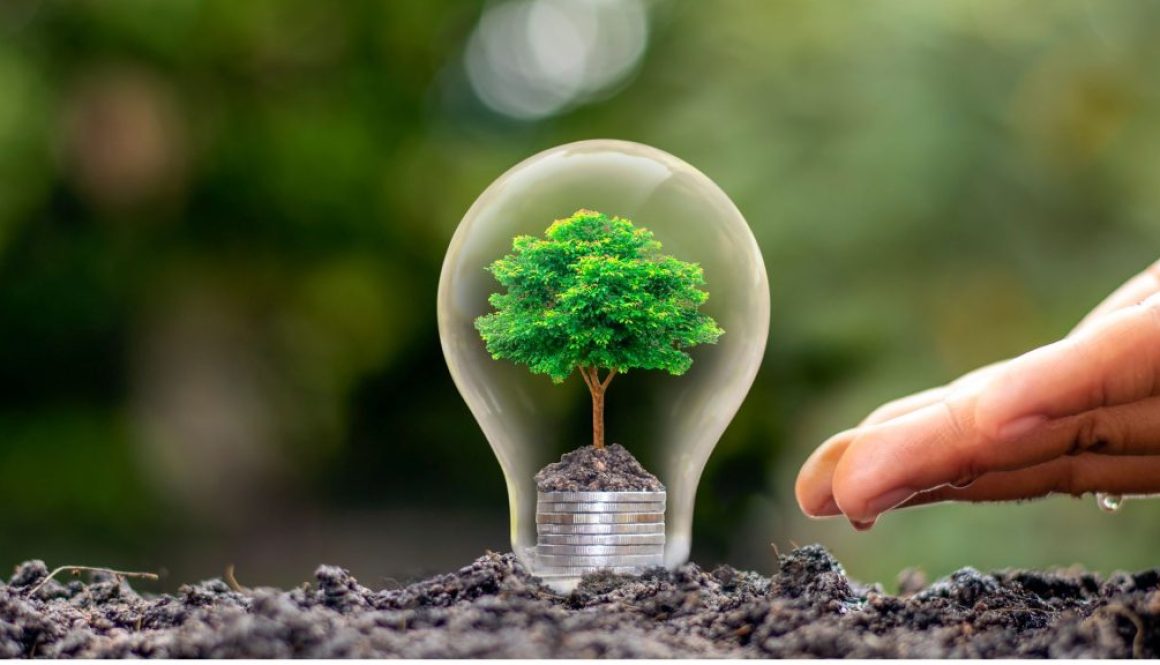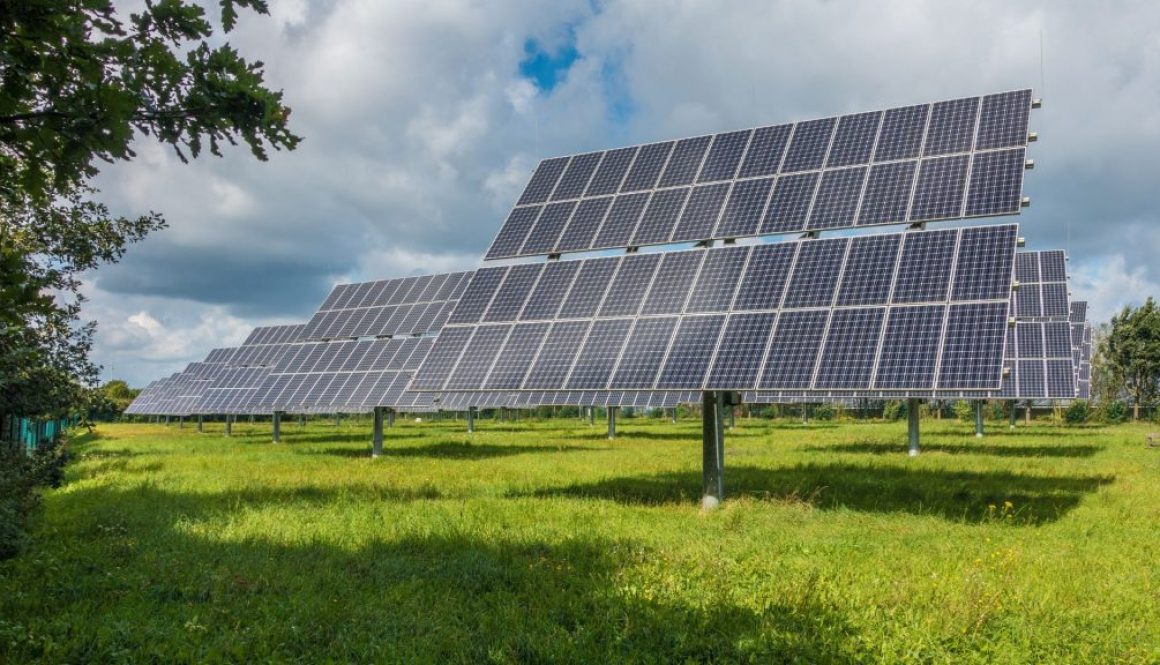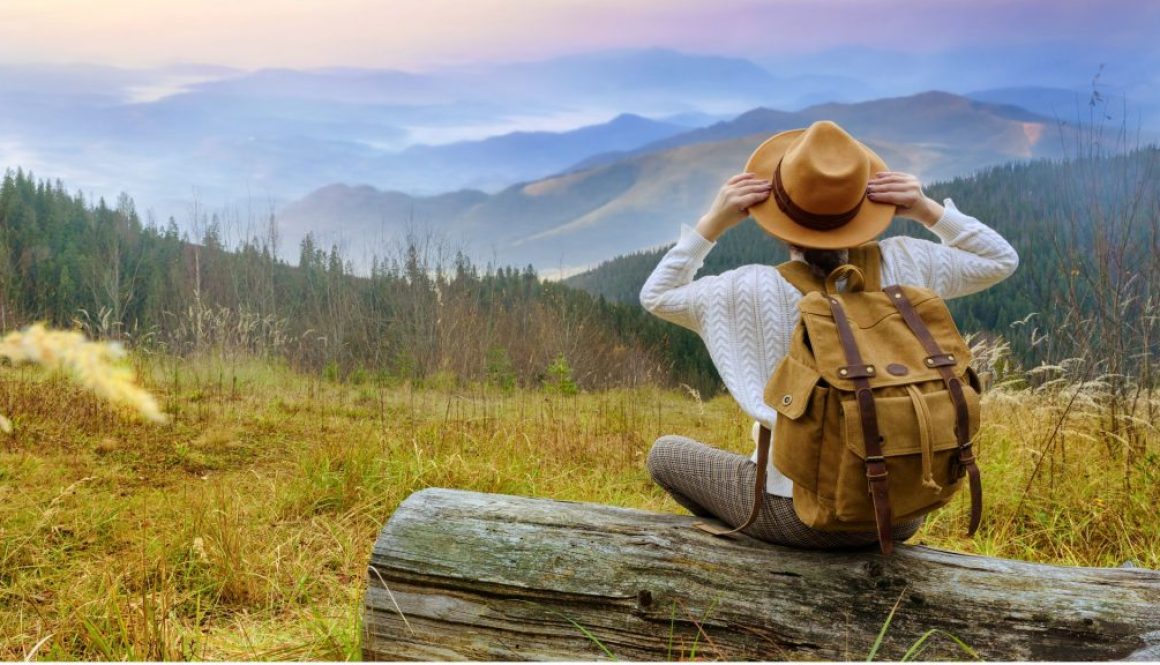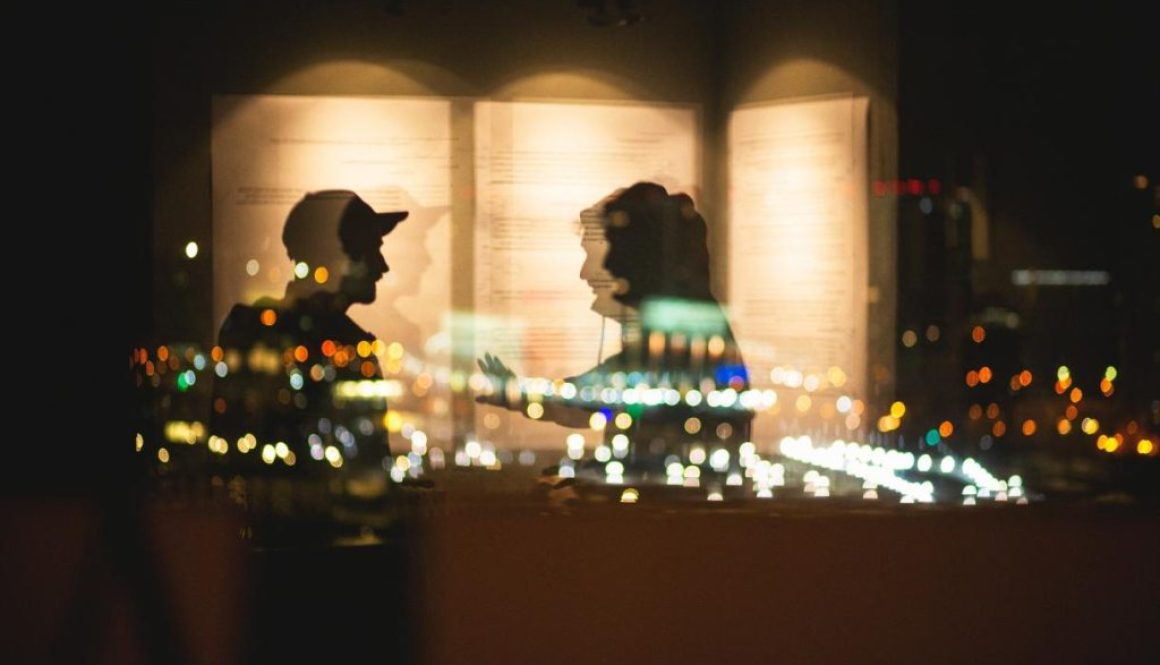SWIMMING IN THE THERMOS FLASK
The town of Lünen in North Rhine-Westphalia has built Europe’s first passive house swimming pool. This will save a lot of energy in the long term and therefore also heating and electricity costs.

The town of Lünen in North Rhine-Westphalia has built Europe’s first passive house swimming pool. This will save a lot of energy in the long term and therefore also heating and electricity costs.

The Dortmund company LaTherm transports waste heat in containers. Until now it was simply blown into the atmosphere – now it heats swimming pools and industrial halls.

Brussels – The International Energy Agency (IEA) expects rapid global market growth and a record increase in new plants for renewable energies worldwide in the current year 2023. Higher fossil fuel prices and concerns about energy security are driving the strong expansion of photovoltaics and wind energy, according to the IEA’s latest update report.

Dear readers, it is a pleasure for us to share with you the twelfth periodical publication of the Global Fabric of Alternatives. This space aims to build bridges between Alternatives networks around the world and promote the creation of new confluence processes. You can learn more about the process in our introductory note.
In this periodical publication, we end the year with reflections from the first in-person GTA Assembly. Since the early days when we dreamed of a global confluence, the GTA has been a vision, a process and a path followed by weavers, endorsers, a facilitation team and funders who have supported its development. With the physical meeting in Kenya, this was the first real opportunity to see the many threads of the tapestry come together. With 60 people gathered in Nanyuki, at the foot of Mount Kenya, we felt the fabric of the pluriverse becoming a reality.
It was a gift to bring together representatives from different parts of the GTA process. Limited resources limited the number of attendees, but we took with us the spirit and ideas of many other participants in the GTA. In the rest of the magazine, we collect reflections from different perspectives on the meeting. From Simon Mitambo, who along with the Society for Alternative Learning Transformations (SALT), were the gracious Kenyan hosts who shared what it meant to root a conference locally to Xochitl Levya Solano who shared thoughts on hope and barbarism and challenged us to think about knit in these moments of urgency. Shrishtee Bajpai provided a summary of the Assembly, while Rachit shared an evocative poem inspired by the gathering. We are also pleased to share a collective reflection from our weaver, Crianza Mutua México.
By meeting in Kenya we gave life to the Global Fabric of Alternatives. We learned that it is about hearing, seeing and feeling each other. In a world of rapid change and information overload, it was vital to be able to establish a real connection with each other and with the more-than-human life that surrounds us. We did it by talking, listening, drawing, cooking and praying together. We allowed emotions of joy, anger, fear, rage, loss to emerge, and we embraced each other, strengthening the bonds. This fundamental aspect of interrelationship has been highlighted as a vital element necessary to the way we want to weave together within the Global Fabric of Alternatives.
The four days of deliberations allowed participants to share their movements, their struggles and their alternatives. We deliberate together on different aspects of life, from food sovereignty and agriculture, peace and conflict resolution and solidarity economies to radical democracy, alternative learning and education, health and healing. We listen to initiatives rooted in different biocultural contexts and reflect on how to develop greater solidarity.
And we advance our common purpose of building the GTA through honest and important discussions about such things as what constitutes an alternative; how we distinguish weavers from guarantors, and how we will engage with financiers. There was unanimous support for continuing to weave the GTA and for weavers and guarantors to be more responsible and accountable. This is beginning to be developed through thematic and working groups. It was agreed to continue building meetings through the Assembly process. Proposals were presented to hold regional and thematic assemblies, as well as the general assembly every 2-3 years.
So, we end 2023 looking forward to continuing the work of the GTA. We also ended the year with more violence and difficulties in the world. This makes the need for solidarity and alternative pathways even more vital. I conclude this editorial with a very short story that I was invited to develop in response to a proposal to imagine the world in 2119. It was inspired by the Global Fabric of Alternatives.
In solidarity,
Desire
In the year 2119…
We took power, but not by fighting against the system, but by turning our backs on it. We met, saw and felt each other’s desperation. And then the elderly and children arrived, with love, affection and open arms. They showed us the way to embrace each other. Little by little the word spread and we wove alternative ways of being in the world.
And then, one day, all those people with the little fire in their hearts, stood up. Suddenly we began to act as a radical democracy. We took over farms that had no people, only machines and monocultures, we moved our collective organization to second and third vacation homes, we founded time banks and distribution and financing schemes based on our collective resources.
Ironically, the army motto was broken and “no life was left behind.” The forest took over the urban jungle. Respect for life was centered.
There was violence and loss, but like the 2023 genocide, when Egyptian comedian Bassem Youssef jokingly reminded us that our people are hard to kill and that we continue to rise. He reminded us of our resistance. So we got up and gathered en masse.
We create songs, stories and art to share the value of life. We discarded international laws as meaningless: they only served those who followed the law.
A lot of hate was spilled, but we wove our fabric of life. We built the pluriverse we had dreamed of. It came to life before our eyes. And there was so much joy!
Now, as the Zapatistas reminded us, we are making a path by walking. It is hard work. There is so much to unlearn. But we hold each other with love and care as we experiment. We practice and create, and we stop, reflect, and learn together when things fail. We are feeding life.
A series of working and thematic groups have emerged from the Assembly, including a Knitting Toolbox, Pluriversal Dictionary of Concepts and Solidarity Economies. Some of these groups have already met and others plan to do so soon. If you would like to participate, please contact the following people:
Please also offer to co-facilitate any of the other groups!
“Just Transformations: Grassroots Struggles for Alternative Futures”
is a webinar in which co-authors from Argentina, India, Turkey, Belgium, Canada, Bolivia, England, Venezuela and Lebanon have shared the results of the ACKnowl_EJ (Academic and Activist Co-produced Knowledge of Environmental Justice) Project. ACKnowl-EJ was one of the first three international Transformations to Sustainability (T2S) research projects funded by the International Scientific Council (ISC). International Science Council (ISC).
By Crianza Mutua Mexico
In general, everything experienced in Kenya was a reminder and confirmation of the verbs that run through the core of the TGA, and therefore of Crianza Mutua México: eat, learn, heal, inhabit, defend (life), communicate, feel-think . Every day we witness these verbs as a guide and path.
We recognize that what happened at the TGA assembly was not minor at all: we came together to continue creating and nurturing local alternatives to the thousand forms that the multiple crises that affect our body, mind, spirit, territories, struggles, movements and networks that we have been weaving with others from many parts of the world for a long time.
By Simon Mitambo
The traditional territory of Tharaka, in Kenya, is known as Nthiguru iri Njuki (The Land of the Bees). The story goes that when Mwenenyaga (Creator) was liberating his people from the captivity of the Nguu Ntuune in Misri, he gave a magic stick of the Mwegere plant to Mugwe so that he could hit the water for the people to pass. Mugwe is the spiritual leader of Tharaka who was instructed by the Creator to take people to the land that emanates honey, that is, the land of bees. It is also very interesting to discover that this same land, which has derived its name from bees, does not have bees due to the use of bad spray chemicals that kill the bees. When I grew up, I used to go collecting a lot of honey with my father and on all the farms there were bees because there were barrels of honey. This is now history. Very little or no honey is found.
It is this same land that on August 12, 2023, a group of about 60 people from all over the world in more than 25 countries. These covered all populated continents. They represented a wide variety of groups: environmentalists, feminists, youth, indigenous people, workers, farmers, educators. They gathered at the foot of the small hill known as Mutaranga to learn from the work of the Society for Alternative Learning and Transformation (SALT). SALT accompanies communities to assert their autonomy rights by remembering their community ecological governance system and customary laws and, with it, their ancestral responsibilities to protect their territory, their community-led conservation and their livelihoods. The team was formed within the framework of the Global Fabric of Alternatives (TGA).
By Xochitl Leyva Solano
The first in-person assembly of the Global Tapestry of Alternatives (GTA) took place between the “post-pandemic” respite and the crechendo of new waves of violence, wars and deaths on planet Earth. In that August 2023 we felt that we had emerged from the worst phase of the civilizational-pandemic crisis, our joy at being able to meet face to face was felt by the more than 60 people from all continents who were in Africa. Although that was real, there was also always the shadow of the ongoing wars in the different territories of the people present there.

The Economy for the Common Good movement , active in Germany, Austria, Switzerland and beyond, wants to build a third economic form beyond capitalism and socialism.

In Germany, many people still depend on the car or are excluded from public transport. Katja Diehl listens to them and has concrete ideas to make future mobility fairer.

Lilith Diringer travels a lot: in the name of sustainability. She can easily find and book eco-friendly accommodation right on her online portal ChargeHolidays.


Forget hyperloops and air taxis! The future of mobility needs a socially just and inclusive change, moving away from planning that favors car use and towards people-centered spaces. In this text, Katja Diehl critically analyzes current transport policy, emphasizes the need for gender-sensitive transport planning and advocates for mobility that takes into account the needs of everyone to shape a sustainable and just future.

In the highlands, north of the Mexican capital, there is sun all day long, more than three hundred days a year. When Gregorio came from Germany to do a social year in the diocese of Tula, he only knew the climate of his home land. It became a lifelong challenge for the young man to discover and further develop ways to use the energy provided by nature. He man-aged to locally manufacture a solar heater, a pioneering model in its time that can still be found on the roofs of many hotels and residences in the area.
Since then, inventions have become the guiding thread of Gregorio’s life, a self-taught man with a long life. With his company Trinysol, he remains true to his motto: “Concentrated solar power for everyone and everywhere”, with unique approaches.